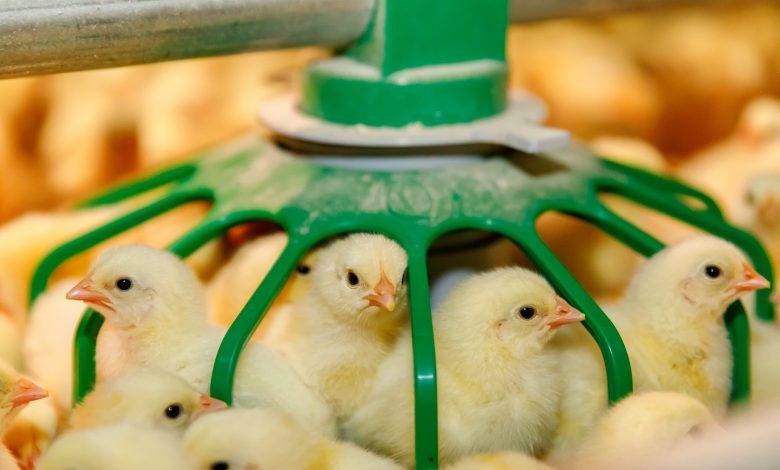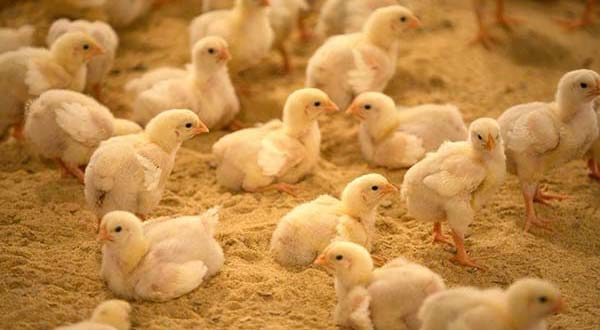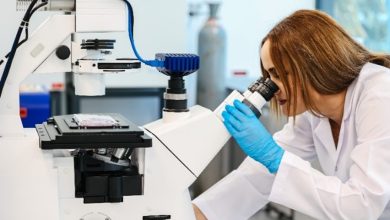Stress management is a challenge for farmers during humid conditions in poultry

Stress management is a challenge for farmers during humid conditions in poultry
Lalrinkima1, Satuti Sharma1, Aditya Sharma1, Rinmuanpuii Ralte2 and Shagufta Azmi1
Department of Veterinary Pathology
Department of Veterinary Microbiology
Khalsa College of Veterinary and Animal Sciences, Amritsar
In poultry production, heat stress is a major problem among broilers and layer birds. Heat stress begins to become visible once the temperature increases above 80°F and reaches 85°F. Heat stress interferes with the broilers comfort and suppresses effective productivity, growth rate, feed conversion and live weight gain. In broilers, growth rates, feed efficiency and carcass quality are negatively affected. In prolonged periods of elevated ambient temperature increase the broilers time to reach market weight and increase mortality. Heat stress leads to decline in egg production and egg quality, shortened shelf life of eggs in laying hens. High ambient temperature coupled with high humidity decreases fertility resulting and low hatchability in breeders. The increase temperature during the heat stress period has a harmful effect on gamete formation and the fertilization process.
Signs of heat stress
As air temperature increase towards 85°F the bird will try to lose heat through evaporative cooling and panting. Panting increase towards more heat through muscle activity. As a result, the bird will subsequently drink more water but not enough to balance its losses during respiration and urine excretion. Without attention, the problems will worsen and the bird may die. Some of the other clinical signs include labored breathing, pale combs and wattles, reduced feed intake and reduced egg production in layer birds.
Prevention of heat stress
Providing ventilation – In most cases, you can control flock heat by air flow. The key to eliminating bird heat is air flow at the birds’ level. The main objective is to improve ventilation in order to eliminate heat from the birds.
Feeding – Birds normally eat more in the morning when they are the hungriest. As a result, they will become more vulnerable in the afternoon to heat exhaustion. Reduce the danger of heat stress by stopping feeding birds six hours before the afternoon’s warmest part of the day. Once maximum temperatures have started to drop, you can reintroduce the feed. Birds can feed at the cooler night time temperatures.
Water management – During heat stress, birds will increase their water intake by 2 to 4 times their normal intake. Sufficient water space, operating waterers and cool water temperature will encourage the birds to drink. Flush water lines and waterers routinely to keep the water fresh and cool.
Electrolytes – During up to 3 days, you can give electrolytes in drinking water of your flock. Heat stress increased mineral loss such as potassium, sodium, phosphorus, magnesium and zinc. Electrolytes containing potassium chloride at a concentration of 0.6 percent in drinking water seem to increase the amount of water consumed.
Vitamins supplements – In order to reduce heat stress mortality in broilers, vitamins (A, D, E, and B complex) can be added to drinking water. In breeding poultry, vitamin C can successfully reduce the effects of warm temperatures on male breeder sperm production, egg production, and eggshell quality in laying hens.



